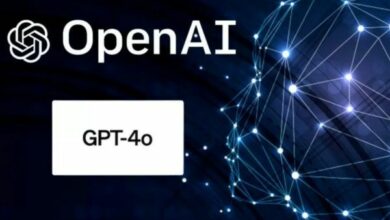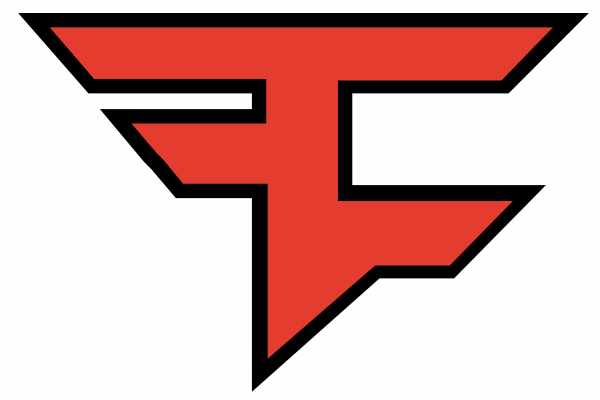We will discuss the whole journey of HR software from paper-based systems to modern cloud-based HR solutions that disrupt the whole HR industry by streamlining the HR processes and reducing the manual work by HR in the organization.
Phase-1 (Before the 1950s) Tracking of time and attendance through manual recordkeeping
The earliest form of HR technology was manual filing systems, where the time and attendance of employees were recorded through punch card systems. During that era, IBM was one of the crucial players in having “IBM punch cards”. The automated clock provided more accuracy in tracking the time and attendance of the employees to design wage structures for them. Their main purpose was payroll systems; they were very large and costly and were mainly used by big firms.
Phase-2 (1950-1980) Paper-based systems to transactional databases
After the 1950s, a need was felt to convert paper-based systems to completely paperless systems to allow more advanced systems to be automated, such as collecting and storing employee data. During this period, the base for HR software was developed, the Human Resource Information System (HRIS). The growth of organizations demanding client-server technology resulted in the growth of Enterprise Resource Planning in 1980. Thus it forms the basis for modern HR solutions.
Phase-3 (1980-1990) Personal computers (PCs)
The invention of personal computers or a network of computers led to significant changes in the HR industry. They created the opportunity for greater processing of workflow, thereby improving the speed and efficiency of HR processes. The HR technology became accessible and affordable for small and medium enterprises, but it can be used on-site by employees and managers, which was a major constraint.
Phase-4 (the late 1990s) Web-based systems
Web-based systems disrupt the whole HR industry. The ability to access the HR systems increases the data storage and computing capacity, leading to a rise in Employee self-service portals where they can access the basic features of modern HRM software solutions such as their attendance, leave requests, asset requests and other requests also. Many HR processes were getting streamlined, and the first job board was launched in 1994 (Monster.com, now Foundit.com), and ATS (Applicant Tracking System) was launched in 1998, which disrupted the whole HR industry.
Phase-5 (2000 till today) Social media and cloud-based software
In the early 2000s, social media changed HR dramatically, particularly in the recruitment process. Public ranking platforms emerged and provided a platform for employees to provide a rating and review to the company in which they have worked.
Today, HR has moved into top HR software solutions referred to as SaaS platforms. The HR technology is expected to rise to $63 billion by the year 2032. These modern systems are built to enhance employee engagement and employee experience in the organization. It was a move to shift from paper-based systems to paperless HR processes.
Major advancements came in analytics tools and platforms to find out data-driven results rather than biased results. AI-driven chatbots have become the need of top HR software solutions. This technology will disrupt the HR industry in the upcoming years, thereby reducing manual efforts.
What does modern HR software do?
A human resource management system uses technology to manage the HR processes. The primary purpose of using HR software is to increase overall productivity and automation of HR processes. This helps HR to focus on strategic and critical business activities.
Here are the major functions of HR software:
1. Recruitment
Top HR software solutions streamline the whole recruitment process. Recruitment includes identifying, attracting, interviewing, selecting, hiring and onboarding the right candidate.
2. Payroll management
Payroll management is the most crucial process in every organization. Top HR software solutions help to process the payroll of employees in the organization.
3. Time and attendance management
HR software helps to manage the time and attendance of employees in the organization. It keeps track of employees when they enter and exit the organization, which helps to design the salary of the month.
4. Geofencing
Geofencing is a certain limit set by management for employees to clock in from a certain radius. Apart from that radius, they are not allowed to clock in and clock-out from that radius.
5. Offboarding
Whosoever joins the organization will exit when the time comes. Offboarding is the process that leads to the separation of an employee from the organization due to resignation, termination or retirement. It is the duty of an organization to make the process of offboarding as simple as onboarding in order to create the brand image. To streamline the onboarding and offboarding process, organizations can make use of modern HR solutions.
Conclusion
In today’s world of technology, HR software and technology prove to streamline HR processes, thereby saving the time and effort of HR. With paper-based systems, human errors were common in those days. These errors cost organizations a handsome amount of money. In order to avoid these errors and to ensure data safety and security, organizations can opt for HR software.
This software surely pays back its cost in the form of benefits it provides. Paper occupies a lot of space and manpower to handle, whereas HR software is easy to handle and reduces the paperwork burden. HR software manages the files and data easily and has the risk of losing the data at multiple locations. A cloud-based HR software helps to do better than the competition.
Today, the market of the HR industry is worth USD 21.69 billion, and this figure is expected to grow by approximately 9% every year. The HR industry is flooded with numerous software and human resource tools, and the organization can choose the best according to their need and culture. Before choosing software, the organization must ensure the affordability, employee count of the organization, flexible implementation, customer support and data safety. These are some features of a highly competent product. So one should ensure that all these features are present in the software they are opting for.

 Google I/O 2024 Discussed In Detail: Gemini AI Comes With New Capabilities
Google I/O 2024 Discussed In Detail: Gemini AI Comes With New Capabilities  ChatGPT-4o: OpenAI Rolls Out Faster and Enhanced Version for Free and Paid Users; Deets Inside
ChatGPT-4o: OpenAI Rolls Out Faster and Enhanced Version for Free and Paid Users; Deets Inside Choosing the Right CPQ System for Your HVAC Business: Key Considerations
Choosing the Right CPQ System for Your HVAC Business: Key Considerations What if Custom Mouse Pads Start Peeling or Fraying?
What if Custom Mouse Pads Start Peeling or Fraying? Exploring the Crucial Role of Reddit MLB Streams: Enhancing Access to Live Baseball Action
Exploring the Crucial Role of Reddit MLB Streams: Enhancing Access to Live Baseball Action Elevate Your Store: How to Automate Shopify
Elevate Your Store: How to Automate Shopify Apple Expected To Unveil New iPads At Let Loose Event On May 7: What We Know
Apple Expected To Unveil New iPads At Let Loose Event On May 7: What We Know FaZe Clan Initiates Reboot with Additional Layoffs and Updates to Esports Teams
FaZe Clan Initiates Reboot with Additional Layoffs and Updates to Esports Teams